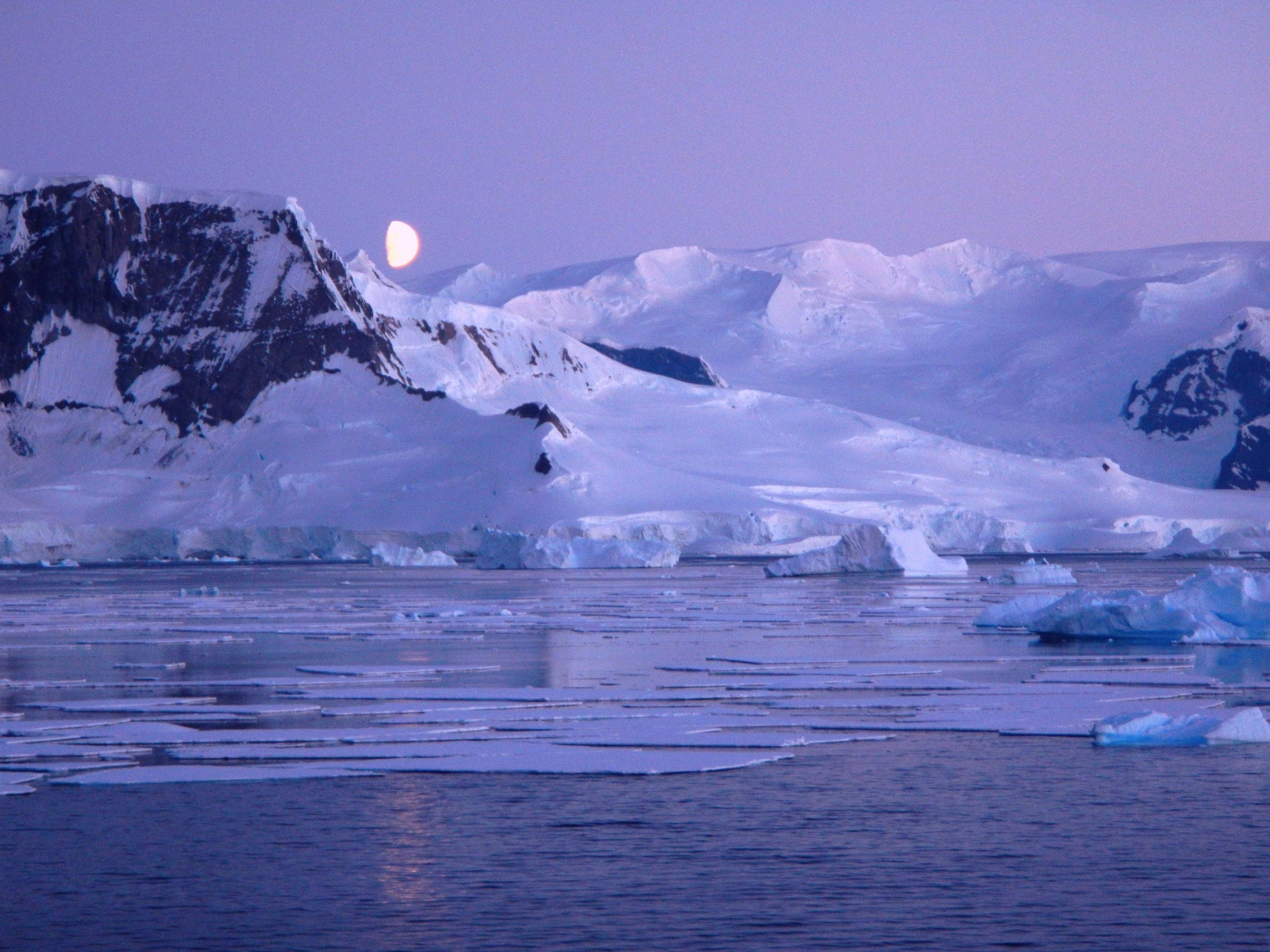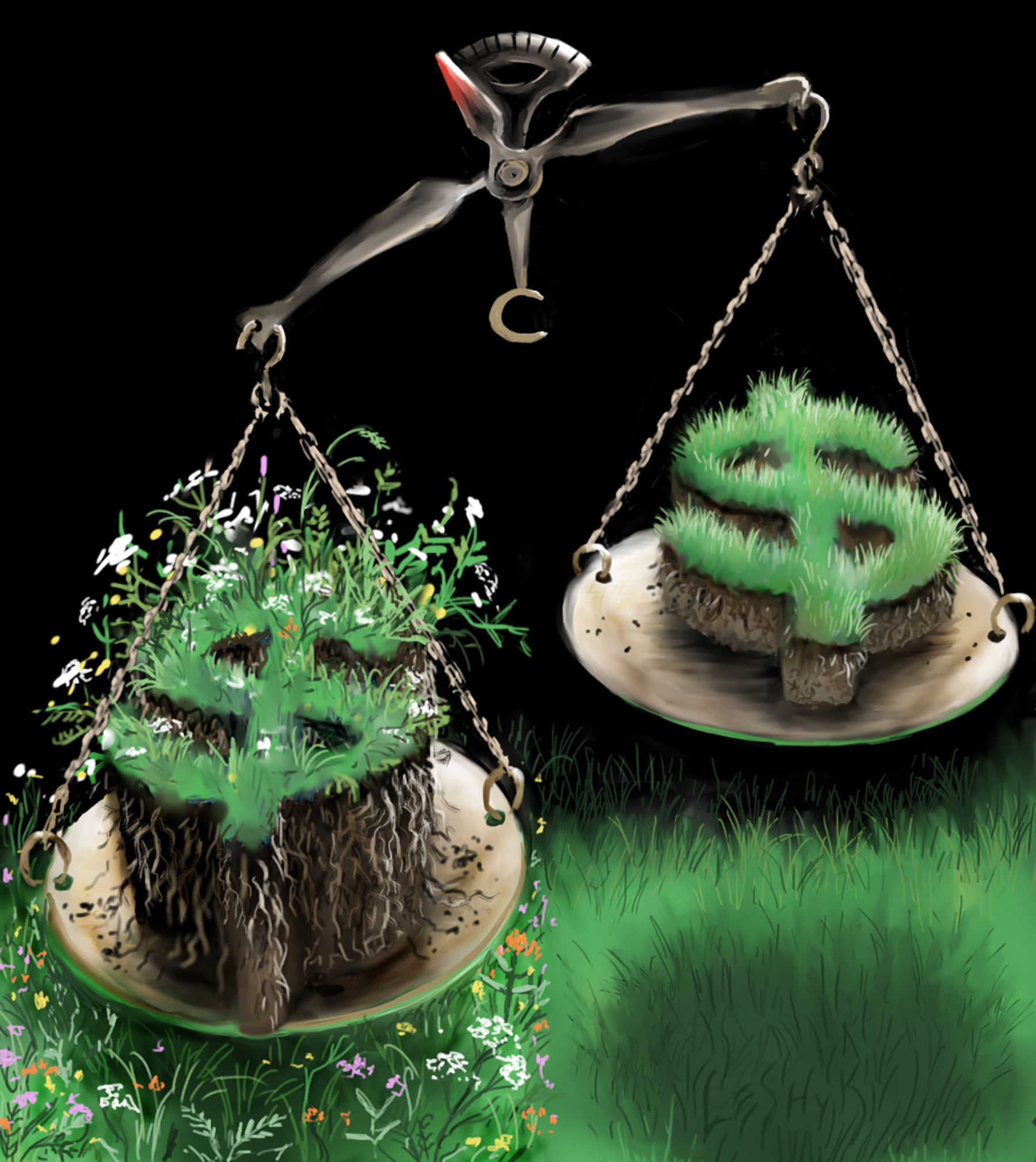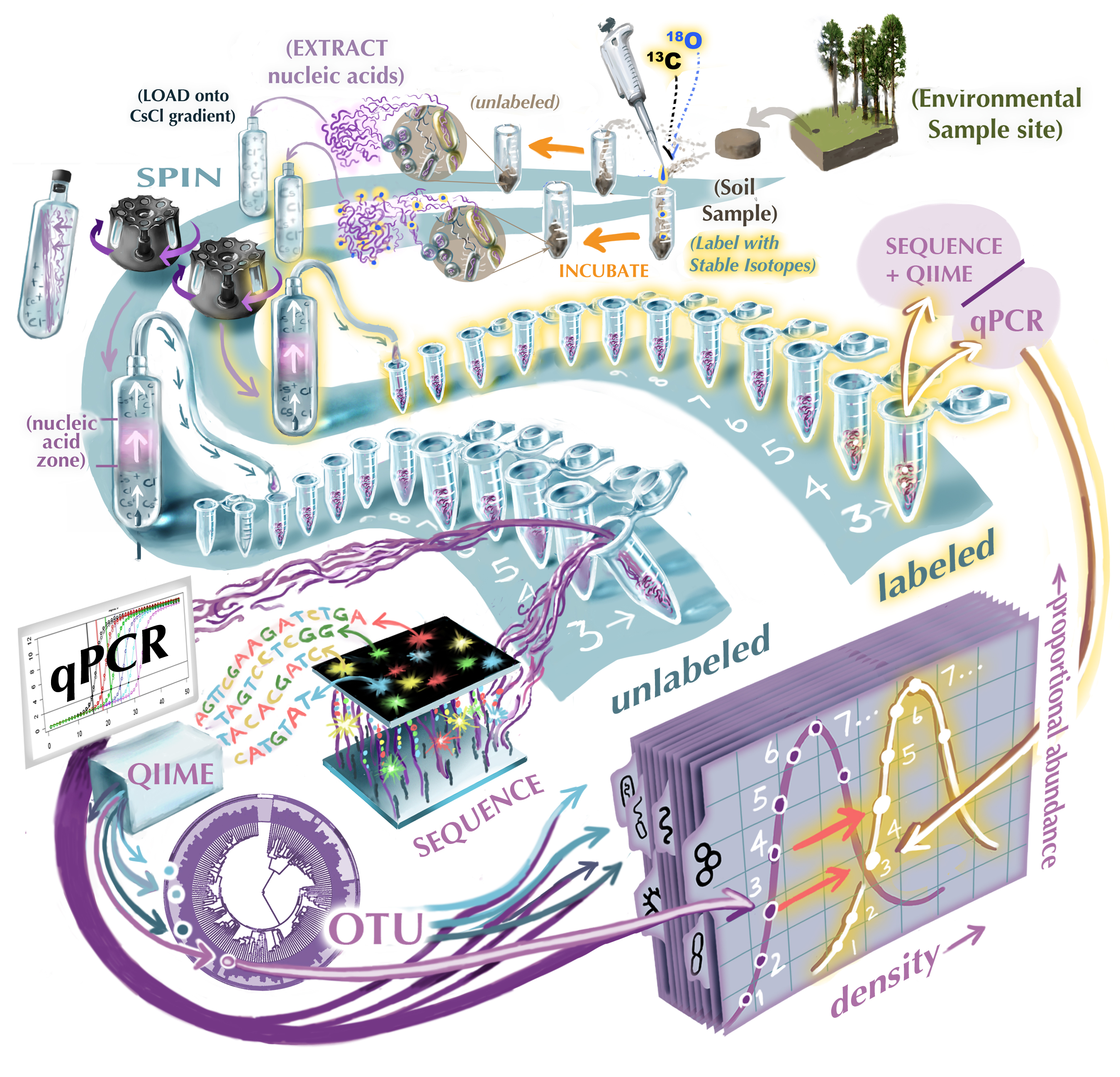Ecoss scientists travel to Antarctica to research plant and microbial responses to warming
Former Ecoss Postdoctoral researcher Natasja van Gestel, now at Texas Tech University, and Bruce Hungate and Paul Dijkstra from ECOSS are using deglaciated area in Antarctica to investigate plants and microbial responses to warming. Two graduate students will be integral to the success of the study: Kelly McMillen (Texas Tech Read more…



